A step forward has been taken to restore the building
The house-museum of the prominent representative of Azerbaijani literature, great writer, playwright, publicist, and public figure Jalil Mammadguluzadeh in Tbilisi, more precisely, the museum's miserable condition, has been widely covered in Azerbaijani media.
The Georgian bureau of Report has always kept this issue in focus.
Back in April 2019, a report on the museum entitled "Jalil Mammadguluzadeh's house-museum in Tbilisi: the building collapses, the exhibits have disappeared." was presented to the readers.
The building of Mirza Jalil's house-museum, opened in 1998 in the center of Tbilisi at 24 Besiki Street, is of great value and importance for Azerbaijan as the place where more than 300 issues of the first and subsequent issues of "Molla Nasreddin" magazine were published. There is also information that the two-story building where the museum is located belonged entirely to Jalil Mammadguluzadeh.
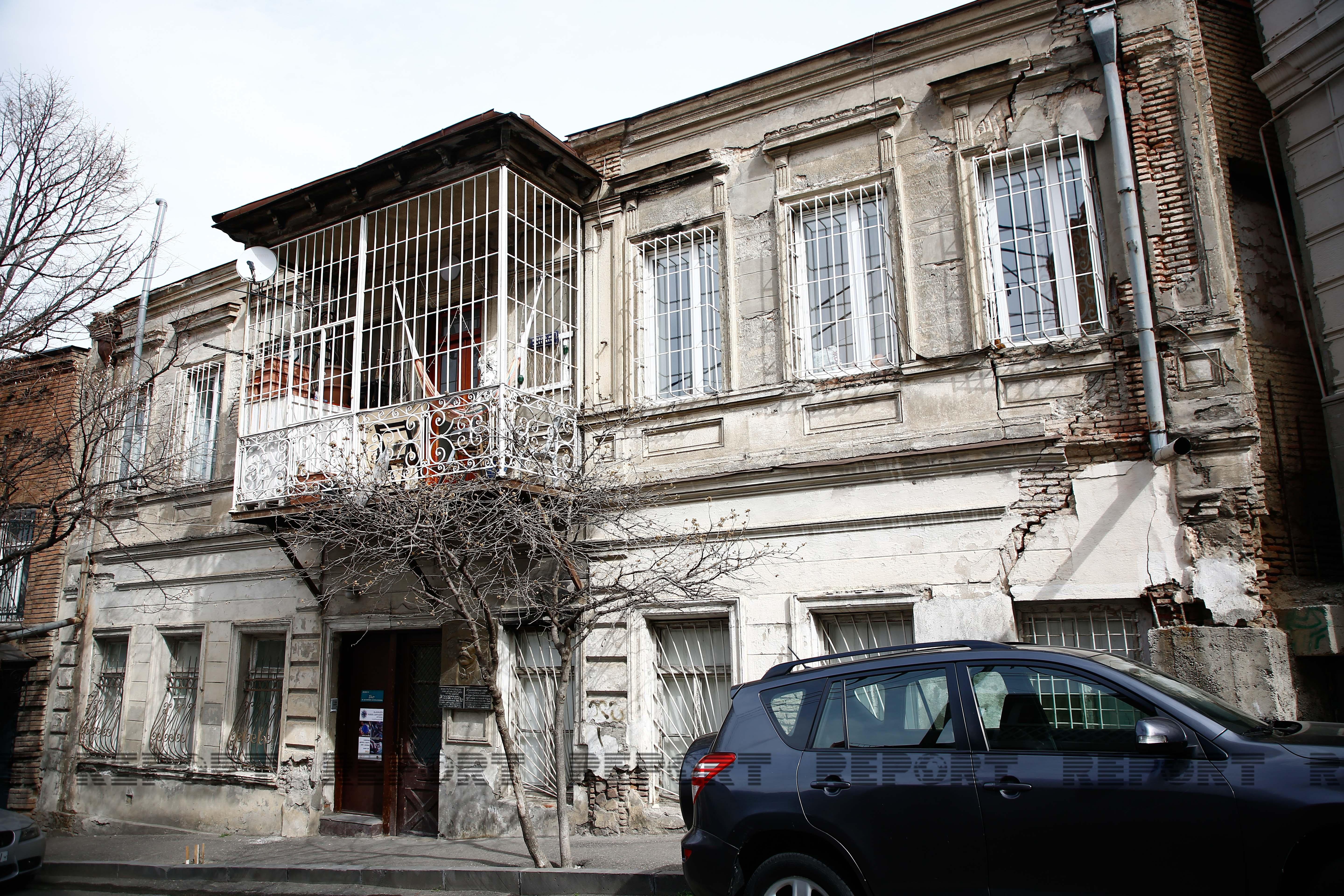
In the three years since the publication of this material, there has been no change regarding the issue of restoring the damaged and neglected house-museum. The indifference of the Georgian authorities, the inability of the residents of the building to keep the issue on the agenda, and the coronavirus pandemic haven't caused a revival in the process.
A magnitude 6.2 earthquake in Georgia on February 13, which was also felt in Tbilisi, further damaged the museum's 200-year-old building. The old building, which has not been overhauled for many years, is in a dilapidated condition. This is also evident from the building's deformed, dilapidated façade. After the strong earthquake, the emergency situation of the building has worsened, and the building is in danger of collapsing at any moment.
The Azerbaijani Embassy in Georgia keeps the issue on the agenda, and steps have been taken to restore the building. Recently, Azerbaijani Ambassador Faig Guliyev met with the chairman of the Council of Azerbaijani Elders of Georgia Isag Novruzov, who has supervised the museum since 2019, residents' representative Irina Kiasashvili and specialists preparing a project to strengthen the building. It was noted that the last project to strengthen the foundation and walls of the building was developed in 2017. The cost of the work is estimated at 100,000 laris (about $33,000). The Tbilisi Mayor's Office said it would cover 90 percent of the cost, with residents to pay the rest. Over the past five years, rising prices in the construction materials market and rising levels of accidents in the building have made it necessary to renew the project. The State Oil Company of Azerbaijan (SOCAR) has expressed readiness to meet the costs required for the preparation of an expert opinion and the cost to residents. Guliyev said that the issue of strengthening the building should, first of all, be in the interest of residents living there. The ambassador noted that the active participation of residents is required for acceleration in the process. Our diplomatic mission will actively continue contacts with the relevant government agencies of Georgia to accelerate the restoration of the building.

The building where the house-museum is located was inspected together with a representative of the embassy Ramel Latifov and specialists. Experts say that over the past five years, existing cracks in the facade and interior of the building have deepened and new ones have appeared. It was noted that due to the history of the building, the reinforcement work must be carried out in accordance with relevant legislation and on the basis of a special permit. In order to thoroughly strengthen the building, a new expertise should be conducted and the cost of the project should be adjusted. Kiasashvili said that in the coming days, she would inform the Mtatsminda district administration of Tbilisi about residents' concerns about the current situation in the building and the need to restore it. She thanked the Azerbaijani Embassy on behalf of the residents for their attention and support.
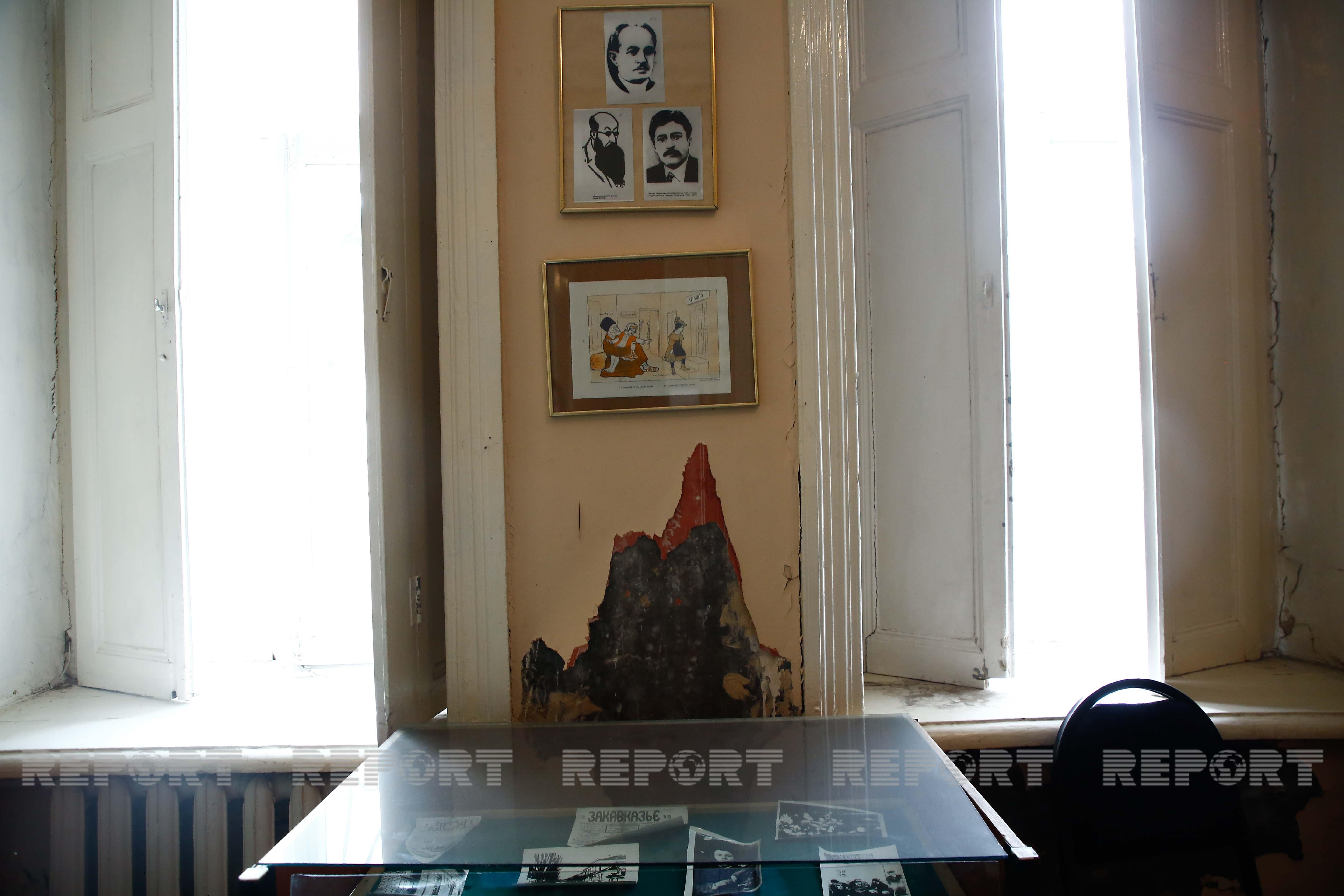
At present, the museum's rooms, showcases, and exhibits are covered with a thick layer of dust and cobwebs. After the earthquake, it is even dangerous to clean the rooms. The exposition mainly consists of copies of "Molla Nasraddin" magazine, copies of various photographs, and portraits of Jalil Mammadguluzadeh, Abdulla Shaig, and Nizami Ganjavi, worn tar and kamancha, household items.
Novruzov said that the situation in the building worsened after the earthquake. According to him, after the earthquake, the cracks in the wall deepened, and pieces of stone fell to the floor:
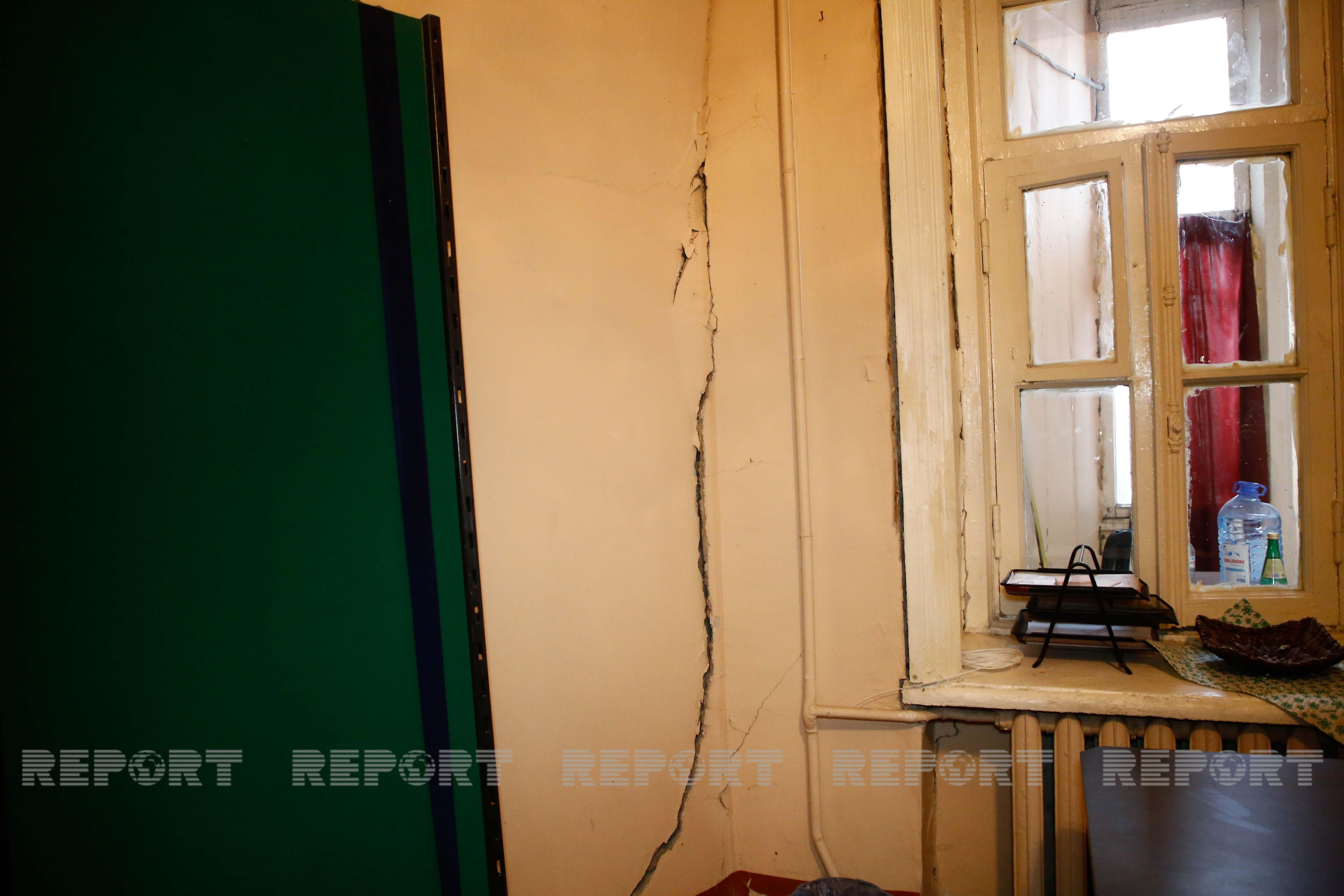
"The situation became even tenser after the strong earthquake. Nine families live in the building. Residents are very worried and upset that the building may collapse at any time. The apartments on the second floor are in worse condition. First of all, the walls of the building must be thoroughly strengthened, and then repair work must begin."
Novruzov added that the Tbilisi Mayor's Office agreed to pay most of the funds required to strengthen the walls of the building:
"The rest must be paid by the residents. The cost of this work was calculated several years ago. However, there is a need to recalculate. The process has been suspended since the beginning of the pandemic. Currently, the prices of construction materials have changed and increased, and a new project must be developed."
According to Novruzov, the house-museum is a part of Azerbaijani culture in Georgia:
"Unfortunately, this place does not deserve the name of our culture or museum. There are many tourists who want to get acquainted with the museum after seeing the bas-relief of Jalil Mammadguluzadeh on the facade of the building. But the door is closed, the museum is in disrepair, and has no valuable exhibits inn it. Our house of culture must be repaired, revived, and reintroduced. However, no steps have been taken in this case yet."
The bas-relief also needs to be renewed. Thus, the date of Mammadguluzadeh's death was 1932, not 1931, as indicated on the current bas-relief.

During the conversation with our interviewee, he noted that a number of valuable exhibits, as well as printing equipment and household items were stolen from the museum in the first years of its operation. Although a security guard at the museum is suspected of the theft, no evidence has been found. Reportedly, these exhibits were sold as scrap metal.
Kiasashvili told us that a few years ago, an investor showed interest in the building and held talks with residents. He planned to restore the building and turn it into a hotel. However, the businessman's plan failed due to the disagreement with the residents.
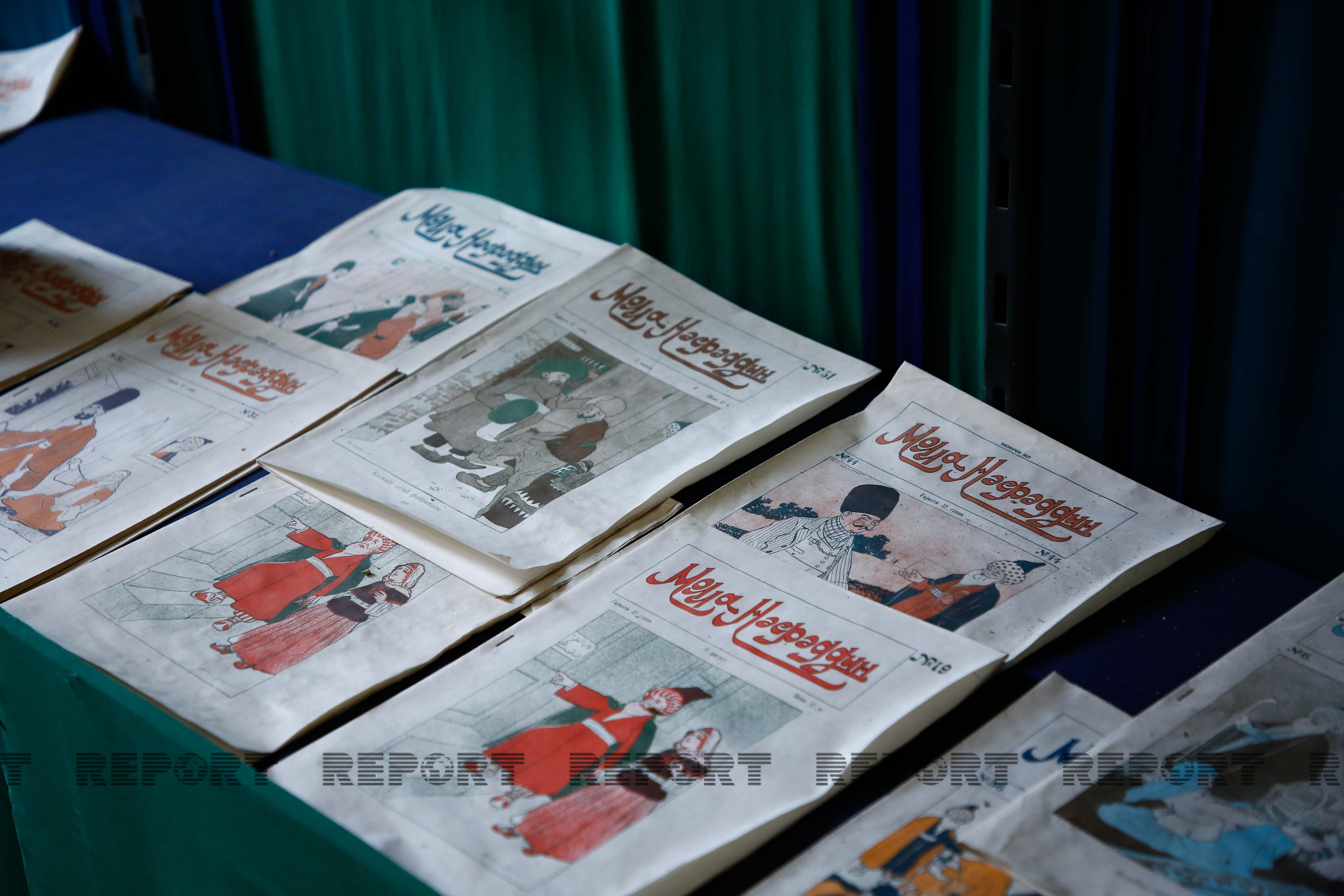
Finally, it should be noted that most of the buildings on Besiki Street have long expired and are almost unsafe. Several accidents have taken place in the part of the street where Jalil Mammadguluzadeh's house-museum is located. In November 2020, a powerful explosion occurred in one of the nearby old houses due to a gas leak, and in March 2021, another house caught fire. The third accident - a strong earthquake - occurred in February this year. It is necessary to restore the museum before the next accident or natural disaster. Otherwise, the building, together with the Mirza Jalil hearth, may go down in history, ending its life before the day of restoration. Time works against us. Next year will mark the 25th anniversary of the museum's opening.
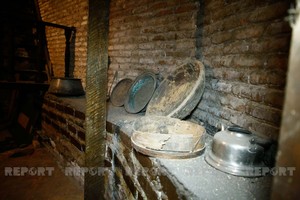
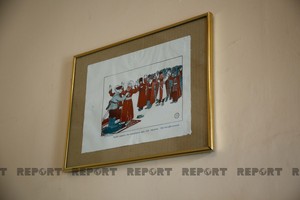
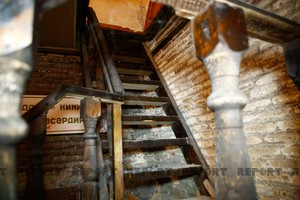
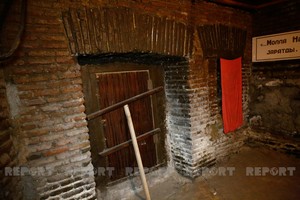
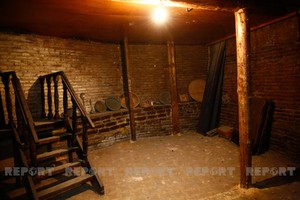
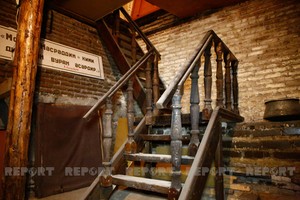

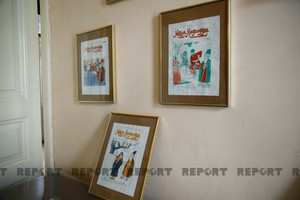
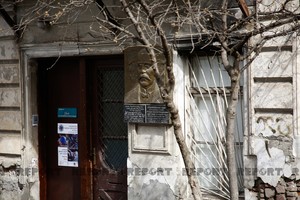
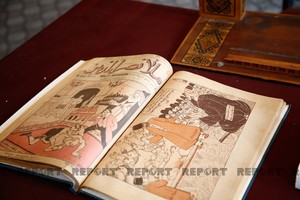

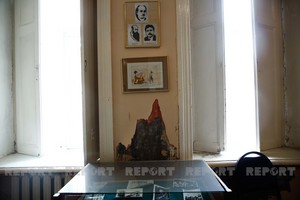
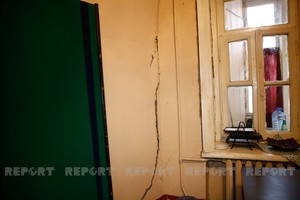
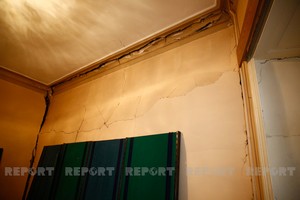
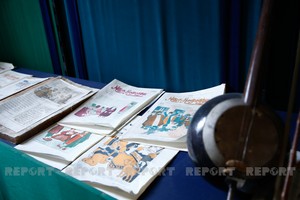
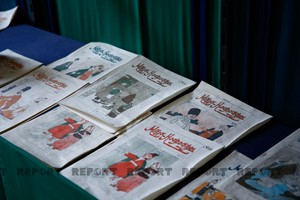
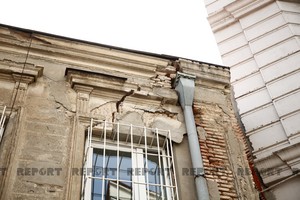
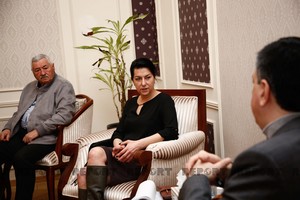
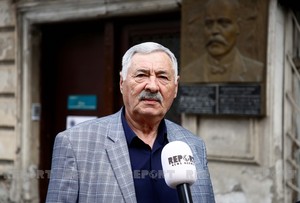
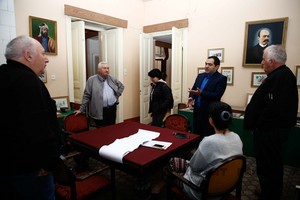
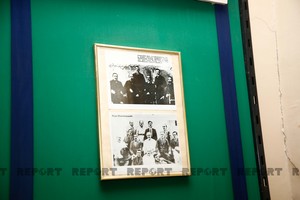
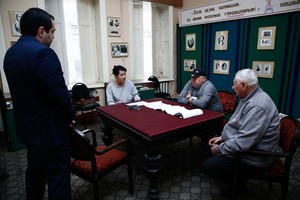
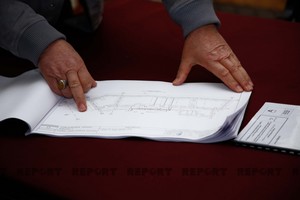
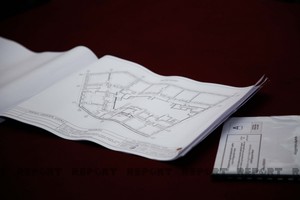
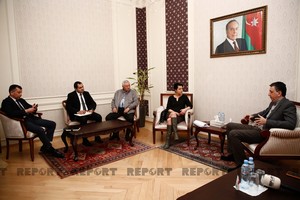


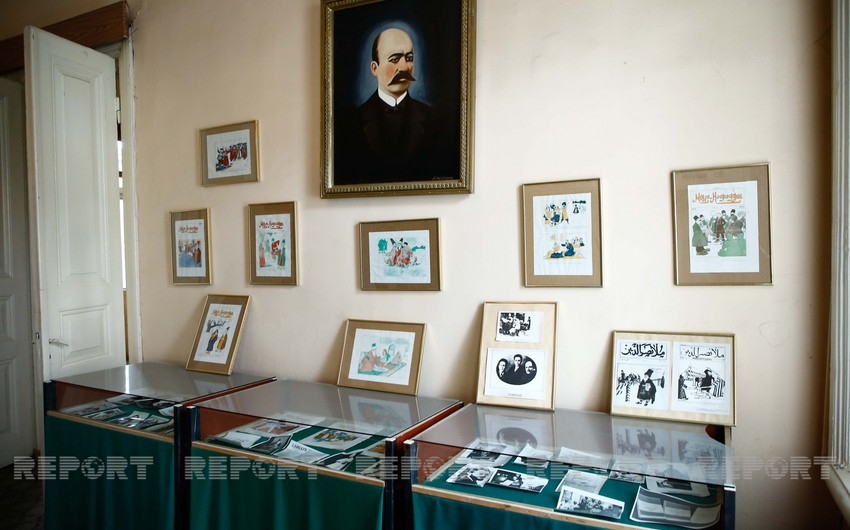 https://static.report.az/photo/a55a5b54-bbef-36d0-b562-a30d1e24b054.jpg
https://static.report.az/photo/a55a5b54-bbef-36d0-b562-a30d1e24b054.jpg

